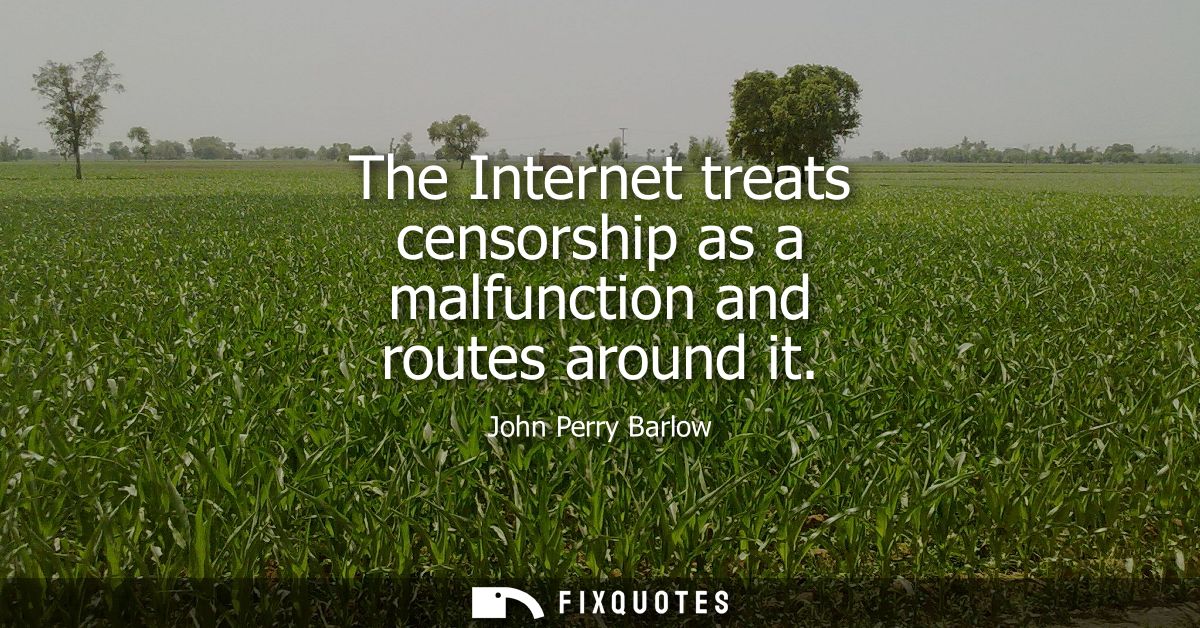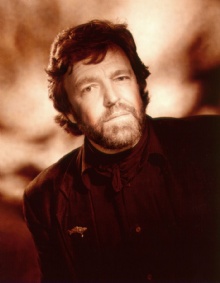"The Internet treats censorship as a malfunction and routes around it"
About this Quote
John Perry Barlow’s statement, “The Internet treats censorship as a malfunction and routes around it,” encapsulates the inherently decentralized and resilient nature of the Internet. Built upon networks designed to survive partial outages, like segments being cut off or damaged, the Internet possesses a structure that doesn’t depend on centralized control, making it uniquely resistant to efforts to restrict information flow.
When authorities attempt to block access to specific content, the underlying protocols of the network, combined with the ingenuity of users and developers, seek solutions to maintain connectivity. Censorship is, to the Internet’s architecture, akin to a broken pathway: simply an obstacle to be bypassed. Just as packets of data naturally find alternate routes if a server fails, people use virtual private networks (VPNs), proxy servers, mirror sites, encrypted messaging, and distributed platforms to circumvent blockades. New tools and methods continually emerge to mask, disguise, or reroute data, demonstrating a form of digital adaptation.
The phrase highlights not only the technical design but also a cultural element rooted within the Internet’s history. The ethos among early technologists valued openness, freedom of information, and collaboration. When faced with attempts to control or filter content, communities often rally to innovate, making censorship a catalyst for further decentralization and creativity. Legislative attempts to restrict access, such as national firewalls and shutdowns, are never completely effective, users worldwide collaborate to modernize circumvention tools faster than censors can adapt.
Nevertheless, Barlow’s assertion is both optimistic and idealistic. As governments develop more sophisticated filtering and surveillance mechanisms, the challenge of escaping censorship grows. Despite these increasing obstacles, the distributed spirit of the Internet, encoded in both its technical and social DNA, drives individuals and collectives to undermine restrictive controls. The constant tussle between censorship and the drive to communicate perpetuates the network’s evolution, consistently striving to “route around” anything that impedes its role as a conduit for free expression.
About the Author

